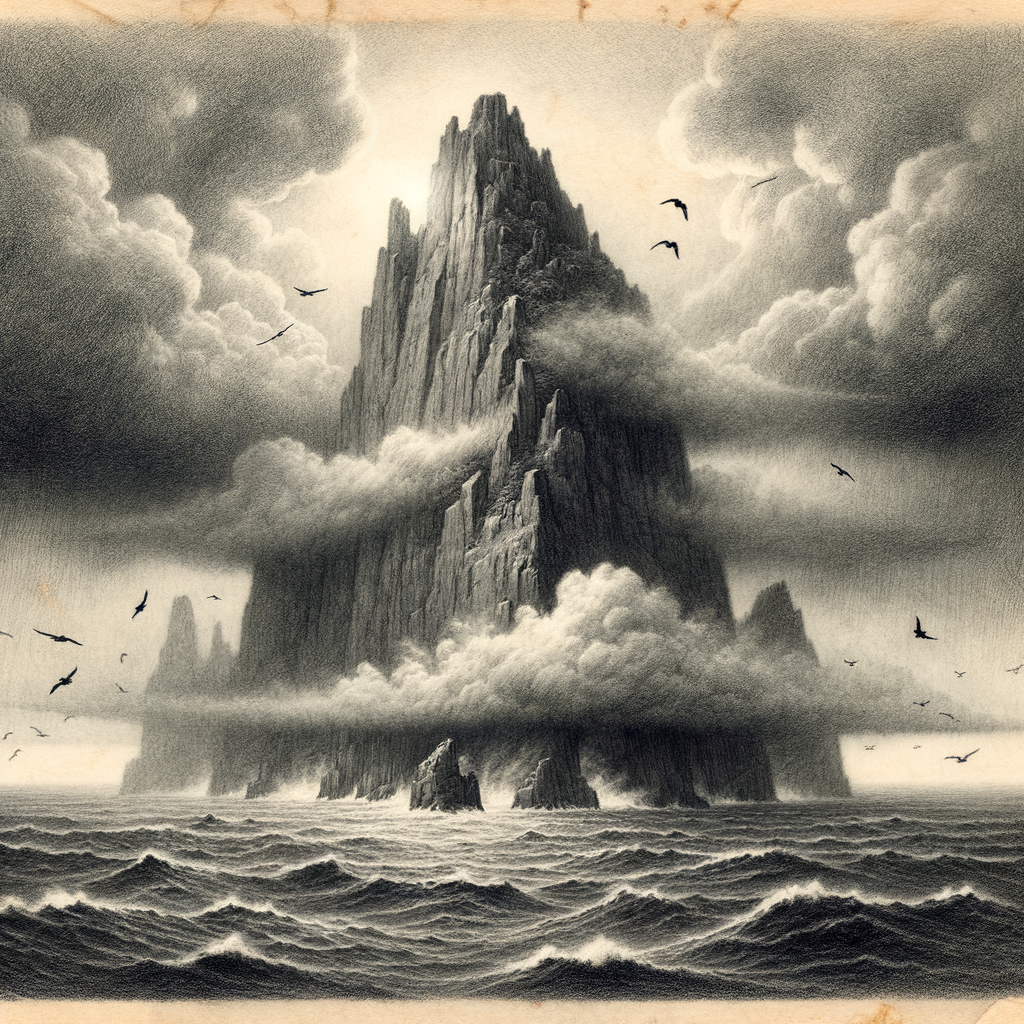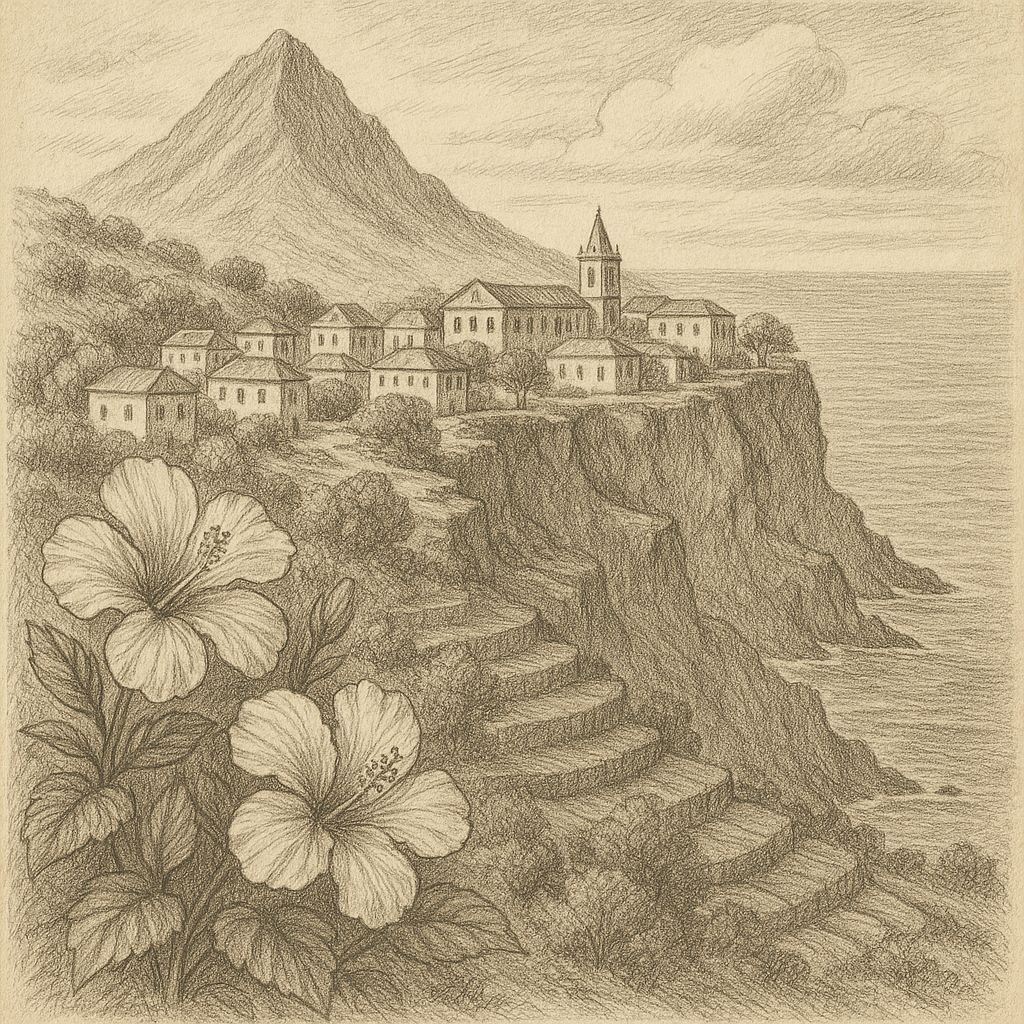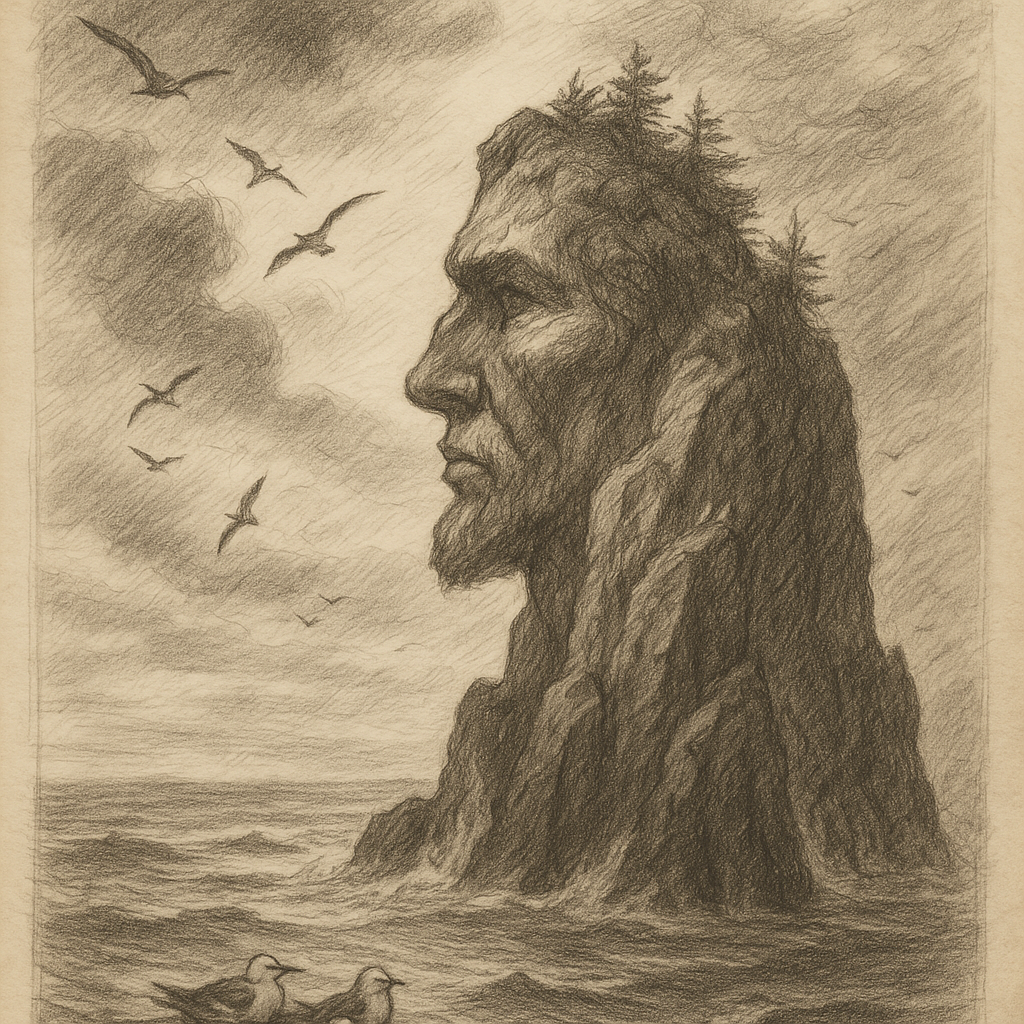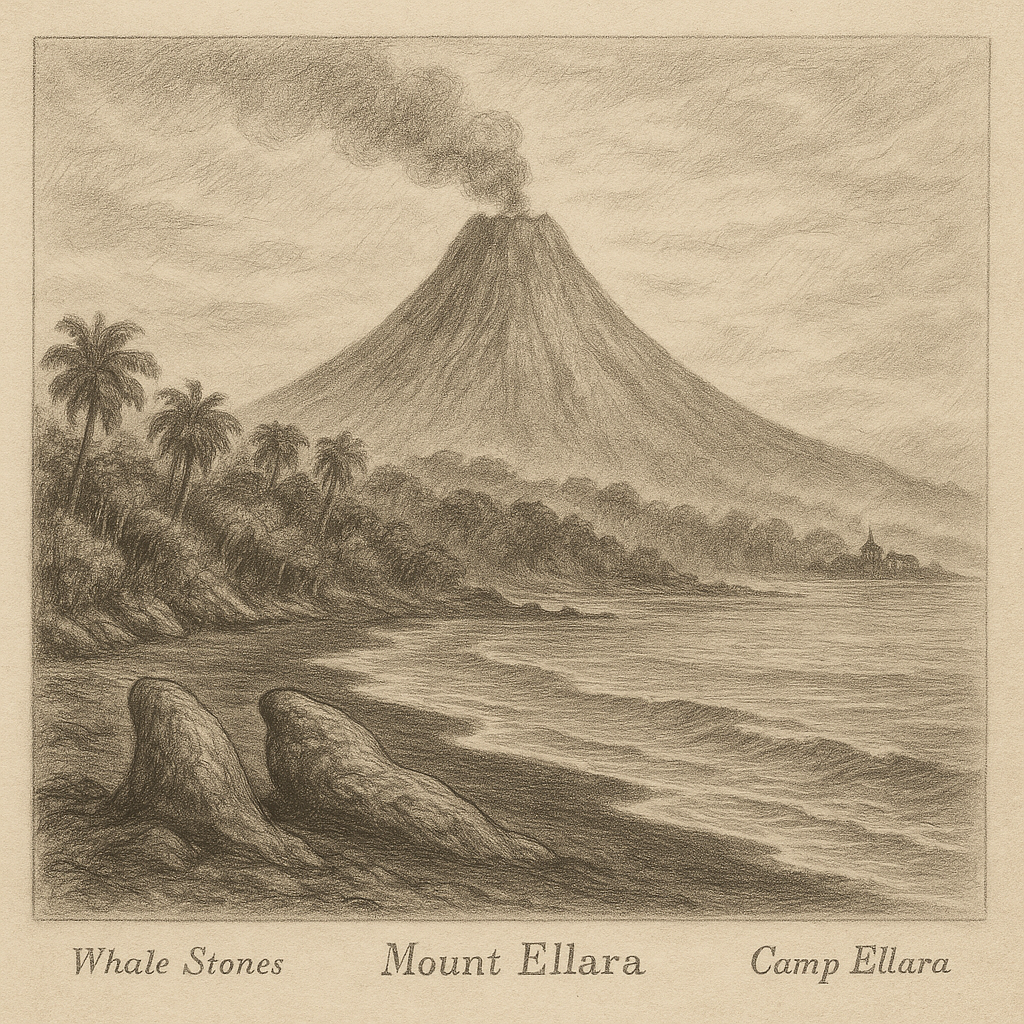Tristan Rock Island: A Remote Jewel of the Southern Ocean
Tristan Rock Island is an enigmatic and scarcely visited landmass situated deep in the Southern Ocean, far from any major continental shore. Shrouded in mist and mystery, this remote island stands as a sentinel on the fringes of human exploration and serves as a testament to the Earth’s rugged and untamed corners.
Location and Geography
Tristan Rock Island is located approximately 2,800 kilometers southwest of South Africa and nearly equidistant from the coastline of South America. It lies isolated in the South Atlantic Ocean, around 400 kilometers southeast of Tristan da Cunha, making it one of the most remote inhabited or formerly inhabited islands in the world.
Despite its relatively small size, covering just 7.2 square kilometers, the island’s topography is striking. A steep, rocky coastline forms a barrier against the rough Atlantic swells, while the interior is characterized by steep cliffs, lush moss beds, and volcanic rock formations. The highest point on the island, known as Sentinel Peak, reaches an elevation of 320 meters above sea level and offers breathtaking views of the surrounding seascape when not obscured by clouds.
Geological Origins
Tristan Rock Island is of volcanic origin, formed millions of years ago by the hotspots associated with the Mid-Atlantic Ridge. Unlike stratovolcanoes found in more commonly known island arcs, Tristan Rock Island is the exposed tip of a shield volcano, which has experienced minimal eruptive activity in recent millennia.
Geological surveys have confirmed that its underwater base stretches far into the ocean floor, and the island is but a small visible portion of a much greater submerged formation. The rocks around the island show signs of both submarine and subaerial lava flows, suggesting a complex volcanic history shaped by tectonic activity and oceanic erosion.
Climate and Ecosystem
Tristan Rock Island exists in a transition zone between temperate and polar climates. It experiences cool temperatures year-round, with heavy rainfall and strong oceanic winds. The annual average temperature hovers around 11°C (52°F), while the island receives around 2,100 mm of precipitation annually.
The island’s vegetation consists mainly of hardy grasses, mosses, lichens, and a few small flowering plants that are specially adapted to the island’s windy and wet climate. There are no native trees due to the harsh weather conditions and salt-laden air, though dense ferns thrive in certain sheltered valleys.
The island provides critical breeding ground for several species of seabirds, including the endemic Tristan Rock Storm-Petrel, and is a resting stop for migrating birds journeying between the poles. The surrounding waters are teeming with marine life, including fur seals, elephant seals, and occasionally orcas and beaked whales.
Human Presence and Access
Tristan Rock Island has never hosted a permanent population, though it is believed to have been sighted by sailors as early as the 17th century. Due to its location and lack of a natural harbor, access remains extremely challenging. Visits to the island are rare and usually scientific in nature, requiring a long journey by sea, typically aboard specially chartered vessels.
Currently, Tristan Rock Island is uninhabited and under environmental protection status administered by the United Kingdom, as it falls within the jurisdiction of the British Overseas Territory of Saint Helena, Ascension and Tristan da Cunha. Scientific access is strictly limited and regulated to prevent the introduction of invasive species and to preserve the island’s delicate ecosystem.
Curiosities and Unique Facts
Tristan Rock Island harbors numerous intriguing features that capture the imagination of scientists and adventurers alike. For instance, it is home to a mysterious blue-hued thermal spring located in a cliffside grotto, which emits water at a constant temperature of 24°C year-round—significantly warmer than the surrounding ocean.
Despite its small size, the island maintains its own unique micro-ecosystem, including a species of flightless beetle not found anywhere else on Earth. Another curious phenomenon is the so-called “Whispering Stones” — smooth basalt formations near the southern tip that emit a faint, melodic noise when exposed to high winds, leading researchers to speculate about the acoustic properties of the particular rock formations.
Furthermore, the sky above Tristan Rock Island is considered one of the darkest and clearest on Earth, free from any light pollution, making it an ideal — albeit nearly inaccessible — site for astronomical observation.
Legends and Lore
Despite its desolation, Tristan Rock Island holds a celebrated place in maritime folklore. One enduring legend tells of the “Phantom Light of Sentinel Peak.” According to generations of seafarers, a pulsing beam of light has occasionally been reported atop the island’s highest summit — visible only during moonless nights and stormy seas. Although scientific attempts to explain the light as atmospheric refraction or luminescent rock have not yielded conclusive answers, the legend persists to this day.
Another tale passed among South Atlantic sailors tells of the “Ghost Schooner,” a shipwrecked vessel said to appear briefly in the mists surrounding the island before vanishing without a trace. Some believe it to be the spirit of a lost Portuguese explorer, while others attribute it to mirages created by the island’s unique weather conditions.
A less eerie but equally fascinating narrative involves an 18th-century Portuguese mariner, João da Silveira, who was stranded on the island for nearly six months and was rescued thanks to a flock of seabirds that carried pieces of bright-red cloth he had tied around their legs—ingenious improvisation that eventually led ships to investigate their origin.
Conclusion
Tristan Rock Island remains an untamed and enigmatic location on our planet — a place where nature reigns supreme and human activity is kept at bay. Its isolation, geological significance, and the myths it has inspired make it an object of fascination for scientists, explorers, and storytellers alike.
Whether due to its virtually untouched landscapes, its rare and unusual wildlife, or the stories whispered in ocean mist, Tristan Rock Island continues to capture the imagination of all who learn about it. In an age where few places remain unexplored, it stands as a symbol of nature’s unyielding mystery.



